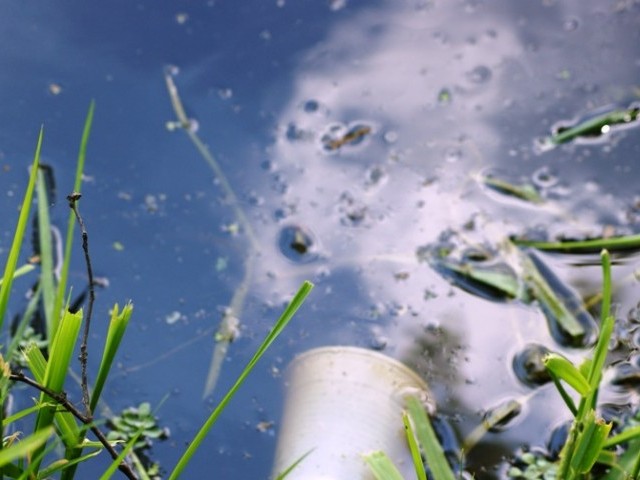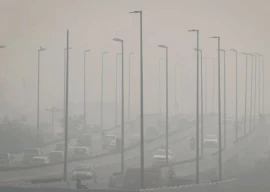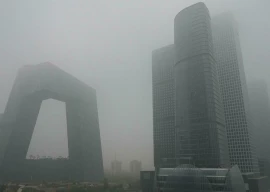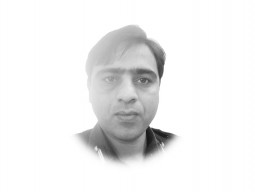
The lack of water treatment plants has highlighted the government’s inability in keeping the Ravi River, which was recently termed as one of the world’s most polluted, clean.
Despite a recent study by the University of York highlighting the drug contamination in Ravi, the Ravi Urban Development Authority (RUDA) and Water and Sanitation Agency (WASA)’s plan to set up seven water treatment plants at different locations to clean up the Ravi is still in the preliminary stages.
“For the last 20 years, WASA has been trying to install drainage treatment plants, but none have been installed due to lack of funding,” said Naseem-ur-Rehman, the Director of the Department of Environmental Protection, Punjab, while talking to The Express Tribune. While adding that it was a crime to dump industrial waste in the river without any treatment, he informed that even industrial estate owners have not installed water treatment plants despite the law mandating them to do so.
Expressing concern over the pollution of the river, World Wildlife Fund (WWF) Director General, Hammad Naqi told The Express Tribune that the Ravi has turned into a sewer due to human and industrial waste. “The York University study, which is just the tip of the iceberg, has revealed how much the pharmaceutical industry is polluting our environment and rivers,” Naqi remarked.
Naqi was of the view that despite the country having laws regarding disposal of wastewater and industrial waste, none of them were being implemented. He requested the provincial government to install water treatment plants and implement waste disposal laws to improve the status of groundwater and river water.
However, Dr John Wilkinson, who led the York University’s research, in an interview with the BBC said: “What we know now is that even the most modern efficient wastewater treatment plants aren’t completely capable of degrading these [pharmaceutical waste] compounds before they end up in rivers or lakes.”
Threat to aquatic life
While the river’s pollution is extremely harmful to human health and the water is not fit for consumption, aquatic life in the Ravi has also become extinct. The sewerage and chemical waste from Lahore and Shahdara flows into the Ravi, along with that of the Hudiara drain, which also includes water from Quaid-e-Azam Industrial Estate, Kot Lakhpat Industrial Estate, and Sundar Estate. Dr. Sikandar Hayat, Director General, Punjab Fisheries, told The Express Tribune that the water in the Ravi from Mehmood Booti to Head Billoki is highly polluted and no aquatic life cannot thrive in the area.
Read: Controlling smog and air pollution
Water treatment plant’s timeline
With both aquatic and human life at risk, when inquired about the status of the water treatment plants, Sher Fazal Butt, spokesperson of RUDA, said that under the Ravi Riverfront project, embankments would be constructed on both the sides of the river and water treatment plants would be set up. “Approval has been given to set up water treatment plants at eight places Three are to be set up by WASA for which funds have been released while five plants will be set up by RUDA,” Butt informed. While Butt hoped that work on these projects would start soon he could not give an exact time frame.
Ghofran Ahmed, Deputy Managing Director Operations, WASA, commenting on the timeline, said that WASA has now purchased space for the water treatment plants. “Currently, work is in full swing on the Babusabo Water Treatment Plant, after which 40% of Lahore’s sewage water would be treated and discharged into the river,” Ahmed told The Express Tribune.





1736510783-0/fizza-(8)1736510783-0-165x106.webp)











1736332856-0/Untitled-design-(20)1736332856-0-270x192.webp)



1736334465-0/sidra--(45)1736334465-0-270x192.webp)






COMMENTS
Comments are moderated and generally will be posted if they are on-topic and not abusive.
For more information, please see our Comments FAQ